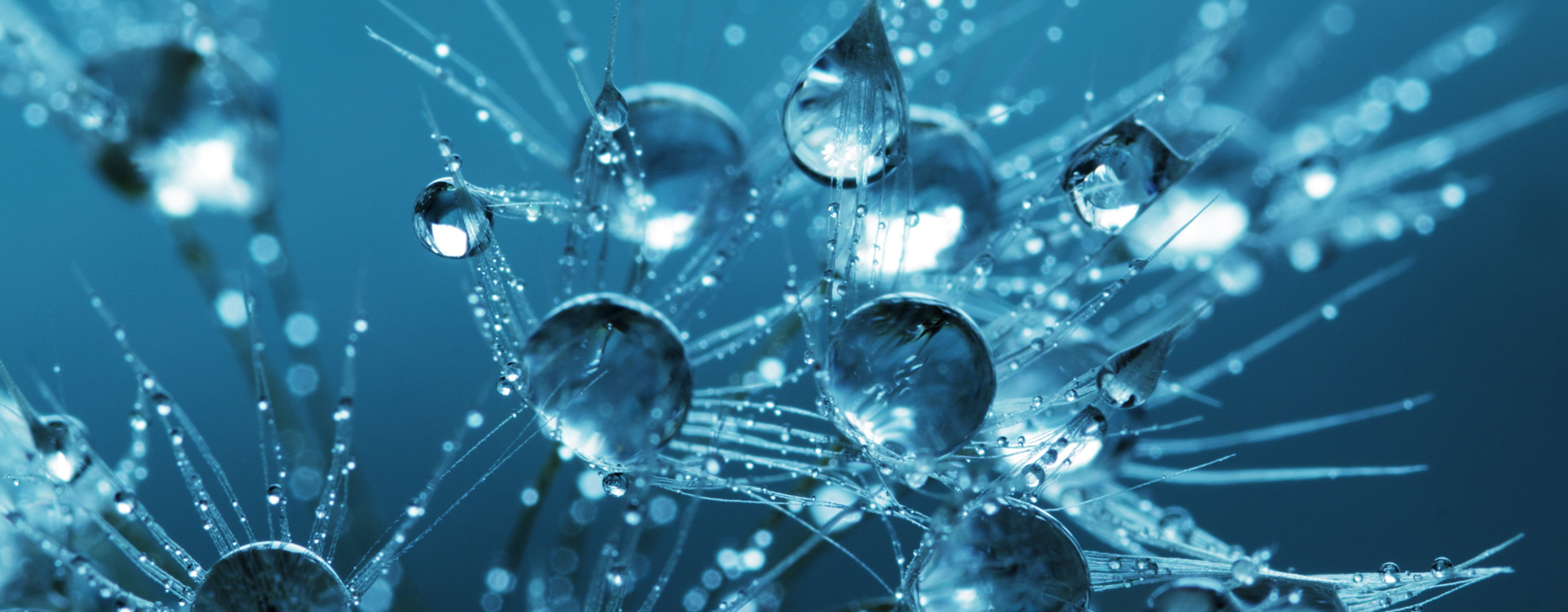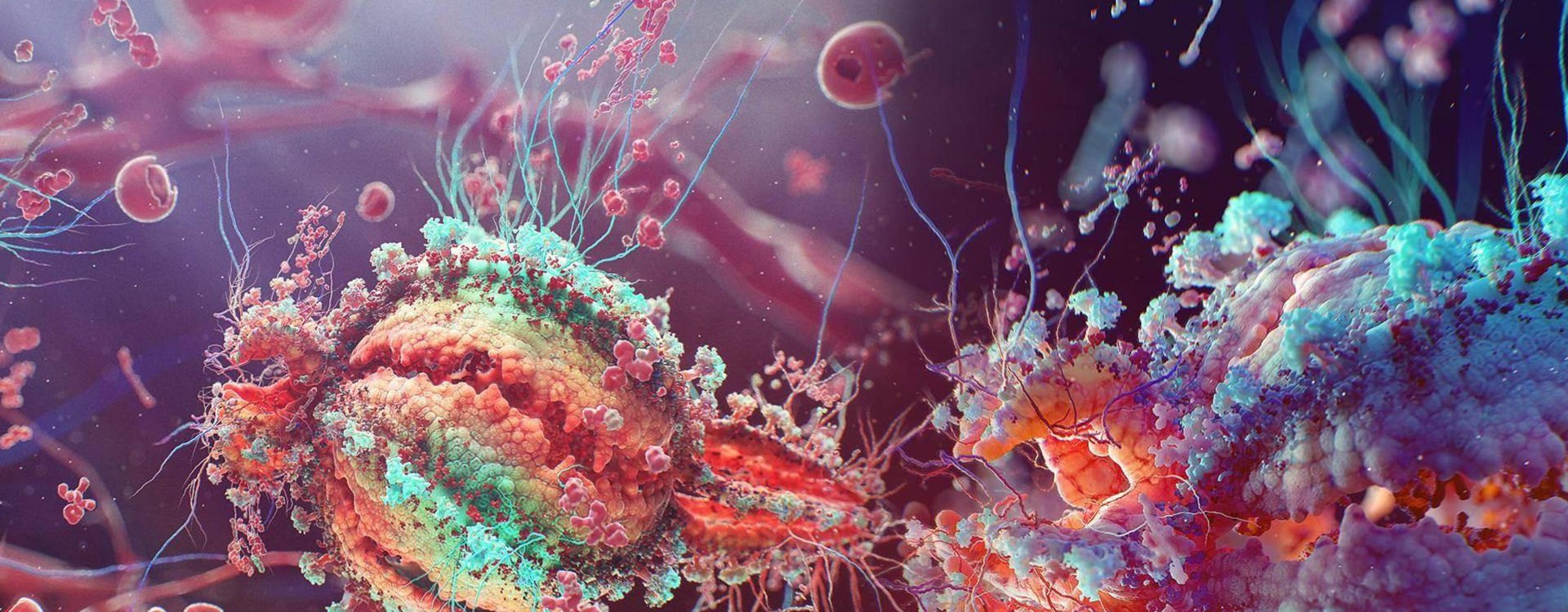Seminar Details
In this study we propose caprine pancreas as a novel substitute, for future tissue engineering applications which not only reduces donor dependence but also poses no risk of zoonosis. The caprine pancreas has been presented as an alternative to the porcine organ for pancreatic xenotransplantation with lesser risk factors. Upon decellularization, the ECM of different tissues responds differently to the detergents used for decellularization at a physical and physiological level hence the impact of decellularization by ionic (SDS and SDC), non-ionic (Triton X-100, and Tween-20), and zwitterionic detergents (CHAPS) was first analyzed via immersion and perfusion decellularization. The final obtained scaffold with each set-up has been evaluated for the left-over cytosolic content (H&E staining), ECM components like sGAG, Collagen, and fibronectin were estimated via Prussian blue and Immunohistochemical staining, respectively, and finally for the tensile strength and antimicrobial activity. All the detergents performed consistently superior in PD than in ID. Conclusively, PD with SDS, SDC, and TX-100 successfully decellularized caprine pancreatic tissue while retaining ECM architecture and mechanical properties. Hence, these three detergents were chosen for further scaffold production with less time taken and better scaffold properties. SEM images reveal interconnected collagen fibril networks in the DPT, confirming that Collagen was unaffected. sGAG was visualized using Prussian blue staining and quantified with DMMB assay. Physical parameters like tensile strength, stiffness, biodegradation, and swelling index were retained in the DPT with negligible loss. The cytocompatibility analysis of DPT has shown no cytotoxic effect for up to 72 h on normal insulin-producing cells (MIN-6) and cancerous glioblastoma (LN229) cells in vitro. The scaffold was recellularized using isolated mice islets, which have established in vitro cell proliferation for up to 9 days. The scaffold received at the end of the decellularization cycle was found to be non-toxic to the cells, retained biological and physical properties of the native ECM, suitable for recellularization, and can be used as a safer and better alternative as a transplantable organ from a xenogeneic source. Hydrogel was developed after decellularization of chopped pancreatic pieces using SDC. Further examination of this hydrogel, such as sol-gel transition, gelation kinetics, swelling index, biodegradation, cytocompatibility, hemocompatibility, viscosity, and SEM micrographs, reveals it as a substitute for the current tissue engineering applications.


